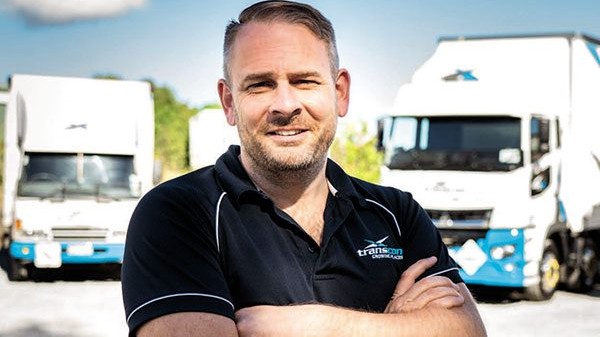
Blake Noble reminds operators why they need to be prudent and firm in the leadership of their businesses.
As I sit here composing this column, a pop-up headline has flashed up and caught my attention, relaying the sad news of the liquidation of a well-known Christchurch-headquartered fleet. This is tragic for those linked to that business and for the wider industry. But if I’m honest with myself, I’m surprised that there haven’t been a few more of those same liquidation headlines, given how tough things are out there and the undeniable challenges to make ends meet.
Numbers bandied about by operations regarding potential volume decreases range anywhere from 5-25%-plus; these are definitely material numbers in any of our businesses. Headlines abound in aligned sectors, and the output reductions are seen and felt. In Marlborough, the recent grape harvest was well down on previous seasons, a boon for some overstocked marketers, but not so flash if your livelihood relies on the transport there. Meat processors have similarly occupied media column inches for the pain being felt, resulting in some challenging financial performances and again culminating in material reductions in the transport task at hand – fewer animals from the farm for livestock operators to take to the works, less finished product from the works to the cold store and, ultimately, less to the supermarket or port.
A recent article from the United States-based Freightwaves media outlet reported road-freight carriers there had sustained reduced volumes post-Covid for two years. Given that most New Zealand-based carriers only reported seeing a real decline in volumes in the back half of Q2 last year, does this mean we still have another 12 months of turbulence ahead of us? The current levels of heightened inflation and the consequent decision by the Reserve Bank to keep the OCR at an equally elevated level certainly don’t point to an easing of those pressures any time soon.
I don’t paint this picture to be a doom merchant, but rather as a prompt to remind us about the need to be prudent and firm in the leadership of our operations, particularly regarding affording credit to our customers.
I was recently exposed to an operation with many customers/debtors sitting at 90-plus days in arrears, some of the balances being rather significant. While the carrier owner thought they were doing the right thing in supporting their customers, they were creating cashflow issues for their company. Worse though, they’re likely providing the means for an insolvent business to keep trading ‘recklessly’, and potentially making the ‘bang’ even bigger when things do pop, let alone the likely domino effect triggered as a result.
Right, so enough of the doom and gloom. I reference the above because everyone wants to be trading comfortably, and revealing some of the above may lead to some operators taking a serious look at how they’re doing things, muscling up an ounce or two of courage, and changing the shape of their operation and adapting to the current conditions.
Potential short-term pain in doing so? Yep, more than likely. But at least they’ll have some semblance of control by making some of those tough decisions – and no, not the ones that revolve around cutting a magical percentage off their current rates and hoping like hell that’ll buy them the volume they’re chasing.
At the end of the day, all company directors sign up for a clear set of obligations regarding the solvent trading nature of their business, generally summed up as “the ability to meet their obligations as, and when, they fall due”.
Ensure you don’t end up as the meat in the sandwich and allow that solvency rubber band to stretch beyond its intended length; it might really hurt when it snaps!


